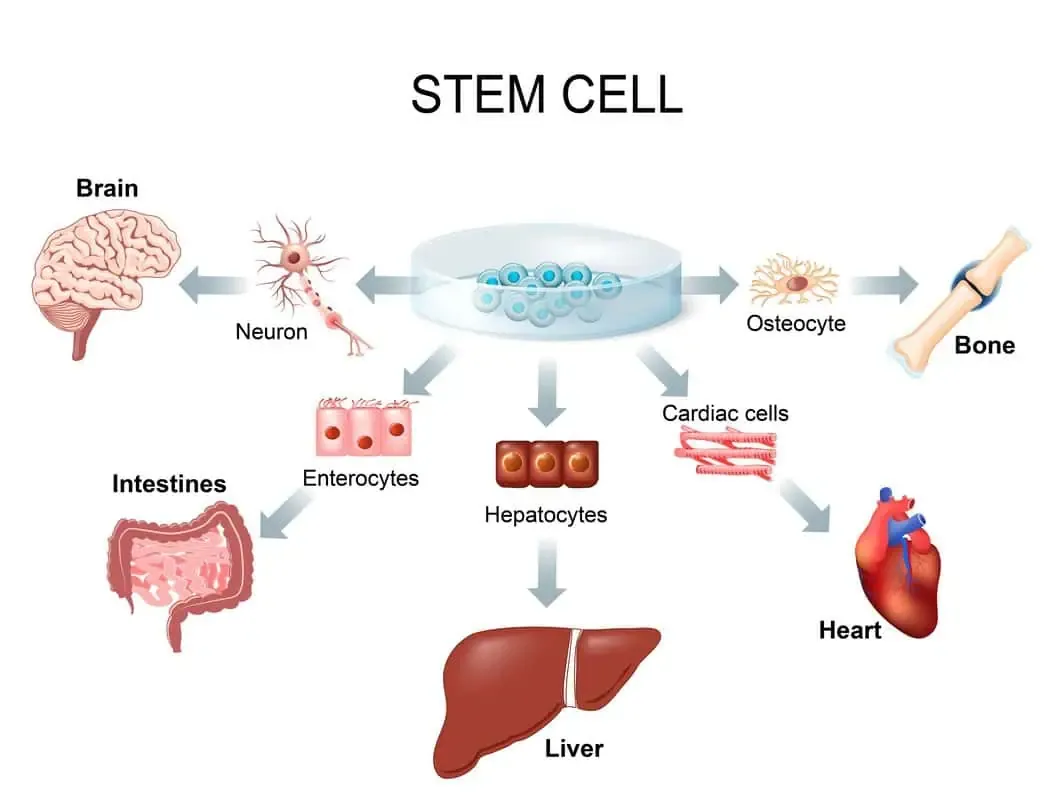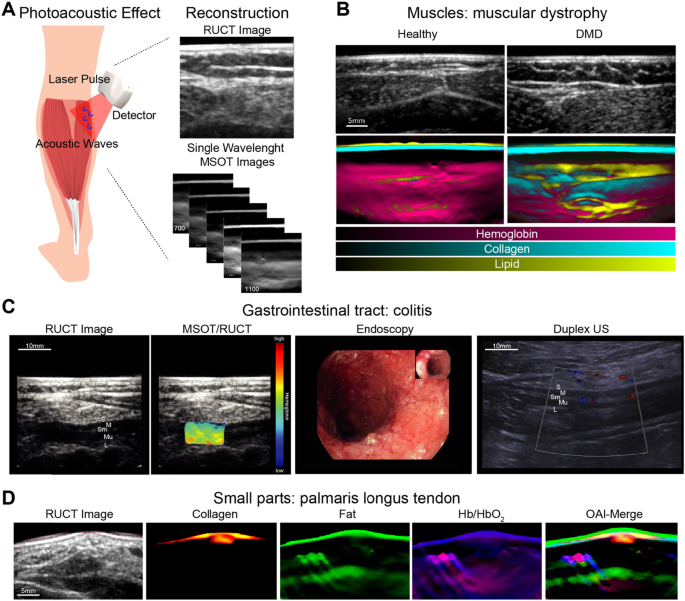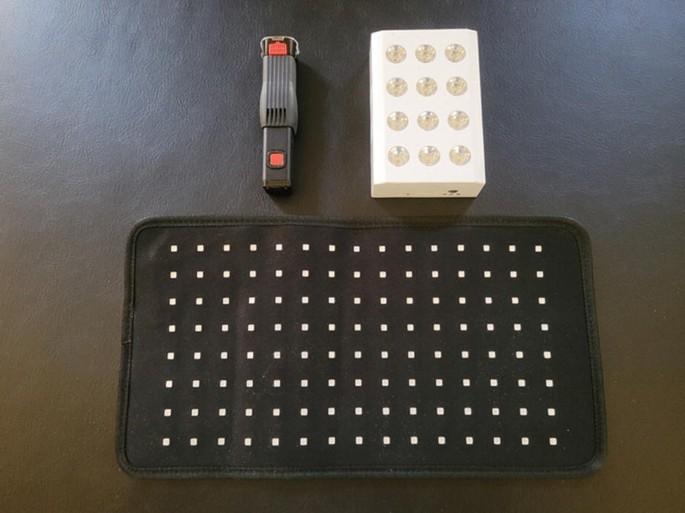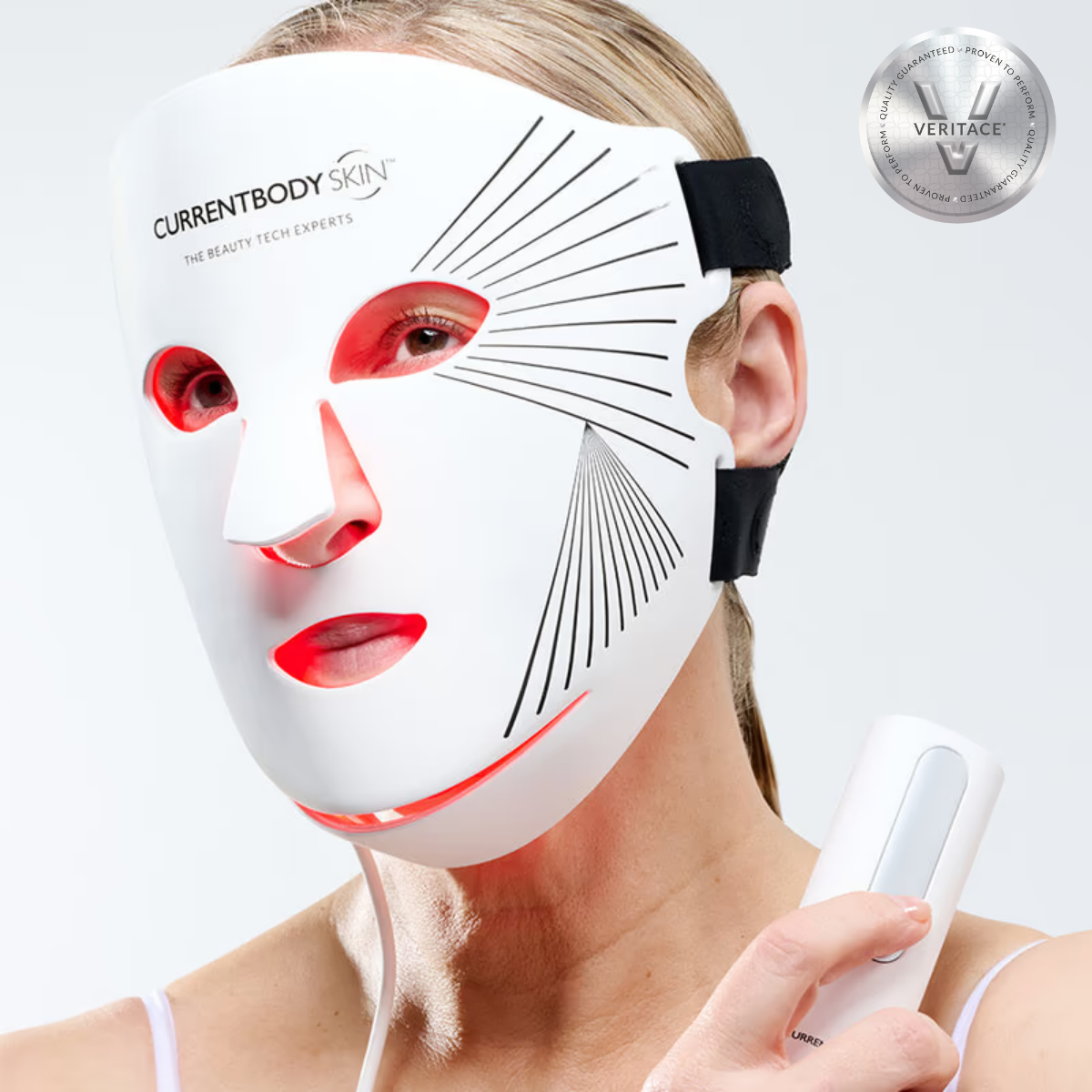Welcome to Glow Pulse Therapy, your trusted source for understanding the remarkable world of light therapy. In this foundational guide, we’re delving deep into the science behind it, specifically exploring How Light Affects Our Cells: The Mitochondrial Connection. It’s a fascinating journey into the very core of our being, revealing how light, often taken for granted, can unlock profound healing and revitalization at a cellular level, kickstarting a cascade of benefits for your overall well-being.
Light Therapy 101: Understanding Photobiomodulation (PBM)
Before we unravel the intricate dance between light and your internal powerhouses, let’s establish a clear understanding of what light therapy, or Photobiomodulation (PBM), truly is. At its heart, PBM is a non-invasive treatment that uses specific wavelengths of light, primarily red and near-infrared (NIR) light, to stimulate cellular function. Think of it as giving your cells a gentle, yet powerful, energy boost. Unlike UV light, which can be damaging, PBM light is therapeutic and aims to elicit beneficial biological responses without causing heat or tissue damage.
The magic begins when these specific light photons penetrate the skin and underlying tissues. Depending on the wavelength, light can reach different depths, influencing everything from surface skin cells to muscle, bone, and even nerve tissue. This targeted light energy isn’t just absorbed randomly; it’s meticulously taken in by specific components within your cells, setting off a chain reaction that leads to improved cellular health and function.
 Understanding the impact of light therapy on cellular function for overall wellness and healing
Understanding the impact of light therapy on cellular function for overall wellness and healing
The Cell’s Powerhouses: A Closer Look at Mitochondria
To truly grasp how light affects our cells: the mitochondrial connection, we must first appreciate the unsung heroes residing within almost every cell of your body: the mitochondria. Often dubbed the “powerhouses of the cell,” mitochondria are responsible for generating approximately 90% of the energy your body needs to function. This energy comes in the form of Adenosine Triphosphate (ATP), which is the fundamental currency of cellular energy. Without adequate ATP, cells cannot perform their duties – from muscle contraction and nerve impulses to tissue repair and waste removal.
Healthy mitochondria are synonymous with healthy cells, and by extension, a healthy body. When mitochondria are stressed, damaged, or inefficient, it can lead to a cascade of issues, contributing to fatigue, slower healing, inflammation, and even chronic diseases. Protecting and optimizing mitochondrial function is therefore crucial for vitality, longevity, and overall well-being. Their role extends beyond just energy production; they are also involved in cell signaling, cell differentiation, and even programmed cell death, making them central to cellular life and health.
The Core Connection: How Light Affects Our Cells Through Mitochondria
Now, for the crux of the matter: how light affects our cells, particularly through the vital role of mitochondria. The interaction is surprisingly elegant. Within the mitochondria, there’s a key enzyme called Cytochrome c Oxidase (CCO), which is a “chromophore.” This means it has the unique ability to absorb specific wavelengths of light, particularly red and near-infrared light. Think of CCO as a tiny antenna, perfectly tuned to receive signals from these particular light frequencies.
When red and near-infrared light photons hit CCO, a remarkable series of events unfolds. This absorption causes a temporary dissociation of nitric oxide (NO) from CCO. In normal, stressed cells, nitric oxide can bind to CCO, inhibiting its function and reducing ATP production. By displacing NO, the light effectively “unclogs” the mitochondrial pathway, allowing CCO to work more efficiently. This leads to an immediate increase in cellular respiration and, consequently, a boost in ATP synthesis. More ATP means more energy for the cell to perform its essential functions, including repair, regeneration, and protection.
“The mitochondrial connection to light therapy is not just theoretical; it’s a well-documented biochemical pathway. By optimizing Cytochrome c Oxidase activity, we are essentially enhancing the cell’s inherent ability to produce energy, which is foundational for all cellular processes,” explains Dr. Alistair Finch, a renowned Cellular Biology Researcher.
This enhanced energy production isn’t just about feeling more energetic; it’s about providing the fundamental resources for cellular healing and resilience. It’s the central mechanism through which light therapy delivers its wide array of therapeutic benefits, fundamentally altering how light affects our cells.
Beyond ATP: Ripple Effects of Mitochondrial Activation
The increased ATP production facilitated by the mitochondrial connection is just the beginning. The positive effects of light therapy cascade throughout the cell and beyond, leading to a host of beneficial ripple effects. Understanding these effects helps us fully appreciate how light affects our cells in diverse and impactful ways:
- Reduced Oxidative Stress: By improving mitochondrial function, light therapy helps the cell manage reactive oxygen species (ROS) more effectively, reducing oxidative stress which contributes to aging and disease.
- Anti-inflammatory Effects: Enhanced cellular energy and reduced oxidative stress contribute to a significant reduction in systemic inflammation. This is crucial for chronic pain relief and the healing of various conditions.
- Enhanced Cellular Repair and Regeneration: With more ATP and a healthier cellular environment, cells are better equipped to repair damaged components and regenerate new, healthy cells. This is particularly vital for wound healing, muscle recovery, and tissue regeneration.
- Increased Circulation: Light therapy can promote vasodilation, increasing blood flow to treated areas. Improved circulation means more oxygen and nutrients delivered to cells, and more waste products removed, further supporting cellular health.
- Fibroblast Activation & Collagen Production: For skin health, light therapy stimulates fibroblasts, the cells responsible for producing collagen and elastin. This leads to improved skin elasticity, reduced wrinkles, and a more youthful appearance.
- Nerve Regeneration: Studies suggest PBM can support nerve growth and repair, offering hope for conditions involving nerve damage.
“The beauty of photobiomodulation lies in its ability to address cellular dysfunction at its root. By boosting mitochondrial efficiency, we’re not just masking symptoms; we’re empowering the body’s own healing mechanisms to work more effectively,” states Dr. Elena Petrova, a Leading Photomedicine Specialist.
These widespread benefits highlight why light therapy is being explored for such a diverse range of applications, from pain management and athletic recovery to skin rejuvenation and neurological support. It all comes back to how light affects our cells at their most fundamental energetic level.
Which Wavelengths Work Best for Mitochondrial Health?
While various wavelengths of light exist, red and near-infrared (NIR) light are the stars of PBM, particularly when considering the mitochondrial connection.
- Red Light (typically 630-700 nm): These wavelengths are highly visible and penetrate superficial tissues effectively. They are excellent for addressing skin concerns, stimulating collagen production, reducing surface inflammation, and aiding in the healing of minor cuts and abrasions. Because skin cells are plentiful and readily absorb these wavelengths, red light is a staple in beauty and dermatological applications.
- Near-Infrared Light (typically 800-950 nm): NIR light is invisible to the naked eye but penetrates much deeper into the body. This deeper penetration allows it to reach muscles, joints, bones, and even brain tissue. For conditions requiring deeper tissue repair, pain relief, or addressing issues in larger muscle groups, NIR light is often preferred. Its ability to reach deeper structures makes it incredibly effective for conditions like arthritis, muscle soreness, and neuropathic pain, all by engaging the same mitochondrial pathway.
Often, effective light therapy devices will combine both red and near-infrared wavelengths to provide a comprehensive treatment. The red light addresses superficial issues and initiates the cellular response, while the NIR light delves deeper to provide profound effects on internal structures and larger groups of cells, amplifying the overall impact of how light affects our cells.
 Visualizing the varying penetration depths of red and near-infrared light wavelengths into human tissue
Visualizing the varying penetration depths of red and near-infrared light wavelengths into human tissue
Is Light Therapy Safe for Cellular Enhancement?
One of the most appealing aspects of light therapy is its excellent safety profile when used correctly. Unlike many pharmaceutical interventions, PBM is non-invasive, drug-free, and has minimal side effects. The therapeutic light used is specifically chosen to be non-thermal and non-ablative, meaning it doesn’t heat or damage tissue. This makes it a very gentle yet effective approach to enhancing cellular function and overall well-being.
However, as with any wellness modality, common sense and proper usage are key. It’s crucial to use light therapy devices from reputable manufacturers that adhere to safety standards. Always follow the manufacturer’s instructions for device usage, treatment distance, and session duration. While generally safe, individuals with certain medical conditions, such as pregnancy, a history of seizures, or those taking photosensitizing medications, should consult with a healthcare professional before starting light therapy.
“The safety and efficacy of light therapy are well-established in scientific literature. When used responsibly and according to guidelines, it offers a powerful, low-risk method to support cellular health and recovery, truly changing our understanding of how light affects our cells,” advises Professor David Chen, a leading Biomedical Engineering Expert.
By adhering to guidelines and seeking professional advice when needed, you can safely explore the profound benefits of light therapy for cellular enhancement.
Conclusion
Understanding how light affects our cells: the mitochondrial connection reveals the profound and yet elegant mechanism behind light therapy. It’s not magic, but pure biology – a precise interaction between specific light wavelengths and the energy-producing powerhouses within our cells. By optimizing mitochondrial function, light therapy empowers your body’s cells to produce more ATP, reduce inflammation, combat oxidative stress, and accelerate repair and regeneration. This fundamental cellular boost translates into a myriad of benefits, from pain relief and faster healing to improved skin health and enhanced athletic performance.
At Glow Pulse Therapy, we believe that empowering you with knowledge is the first step towards better health. As you explore the potential of light therapy, remember its core principle: harnessing light to optimize the very engines of your cells. Begin your journey toward enhanced vitality and discover the transformative power of light.
FAQ
Q1: What is the main benefit of light therapy for cells?
A1: The primary benefit is the stimulation of mitochondria, leading to increased Adenosine Triphosphate (ATP) production, which is the essential energy currency cells need for all their functions, including repair and regeneration. This explains how light affects our cells at a fundamental level.
Q2: How long does it take for light therapy to affect mitochondria?
A2: The initial biochemical reactions, such as nitric oxide dissociation and increased CCO activity, happen within minutes of light exposure. Visible benefits like reduced pain or improved skin may take several sessions over days or weeks, depending on the condition.
Q3: Can all types of light affect our cells?
A3: While all light contains photons, only specific wavelengths, primarily red and near-infrared light, are effectively absorbed by chromophores like Cytochrome c Oxidase in mitochondria, leading to therapeutic benefits. Other wavelengths may have different effects or no significant therapeutic impact.
Q4: Is light therapy only for skin cells?
A4: No. While red light is excellent for skin cells, near-infrared light penetrates much deeper, affecting muscle, bone, nerve, and other internal cells and tissues. This comprehensive penetration highlights the broad scope of how light affects our cells throughout the body.
Q5: What is Cytochrome c Oxidase?
A5: Cytochrome c Oxidase (CCO) is a crucial enzyme found within the mitochondria. It acts as a chromophore, meaning it absorbs specific wavelengths of light (especially red and near-infrared), playing a key role in the process of light therapy and its effect on cellular energy production.
Q6: Can I use light therapy every day?
A6: For many conditions and devices, daily use (or several times a week) is recommended for optimal results. However, it’s essential to follow the specific instructions provided by your device manufacturer or consult with a healthcare professional to determine the appropriate frequency and duration for your needs.
Q7: What specific conditions can light therapy help at a cellular level?
A7: By enhancing cellular function and mitochondrial health, light therapy can assist with various conditions, including chronic pain, inflammation, muscle recovery, wound healing, skin rejuvenation, hair growth, and potentially even some neurological and mood disorders, demonstrating the wide reach of how light affects our cells.



